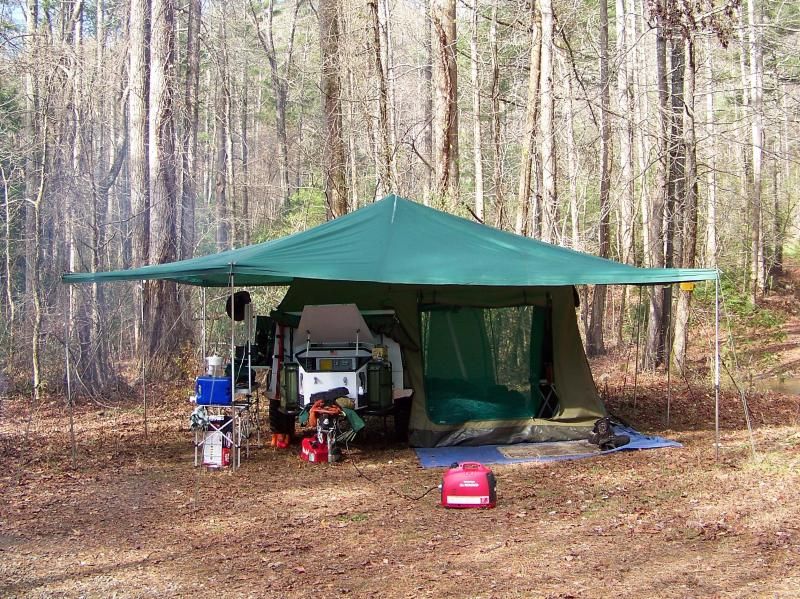Good Morning All,
My lady and I have been enthusiastically exploring the forestry roads north of Ottawa for the past year, since we bought our first truck. We use a CVT RTT and awning, which are great.
Now, I'd like to extend our ability to vacation in the wilderness throughout the year and that means making ourselves happy in -30°C and enduring the wind that sometimes blows through.
So my question is: what shelters and heat sources work for those wanting to spend a few days in the cold? I've been looking at stoves, fireboxes, tepees (tipis/teepees), wall tents, hybrids, etc. Wood, alcohol and even diesel.
I'd really appreciate some ideas!
Also, I'm thinking I need to find another forum where those that work in the field during winter might hangout.
Thanks,
A.
My lady and I have been enthusiastically exploring the forestry roads north of Ottawa for the past year, since we bought our first truck. We use a CVT RTT and awning, which are great.
Now, I'd like to extend our ability to vacation in the wilderness throughout the year and that means making ourselves happy in -30°C and enduring the wind that sometimes blows through.
So my question is: what shelters and heat sources work for those wanting to spend a few days in the cold? I've been looking at stoves, fireboxes, tepees (tipis/teepees), wall tents, hybrids, etc. Wood, alcohol and even diesel.
I'd really appreciate some ideas!
Also, I'm thinking I need to find another forum where those that work in the field during winter might hangout.
Thanks,
A.


